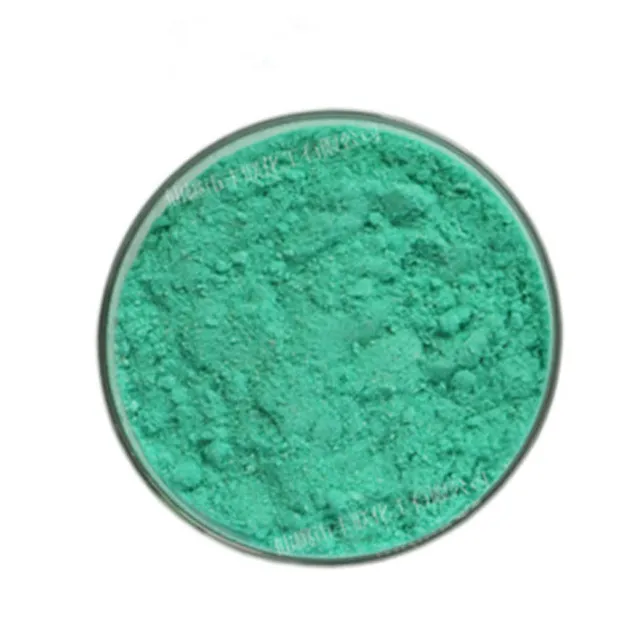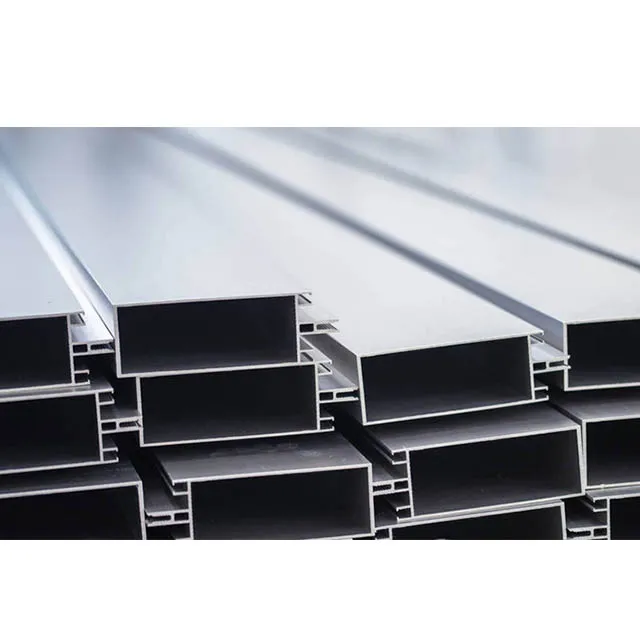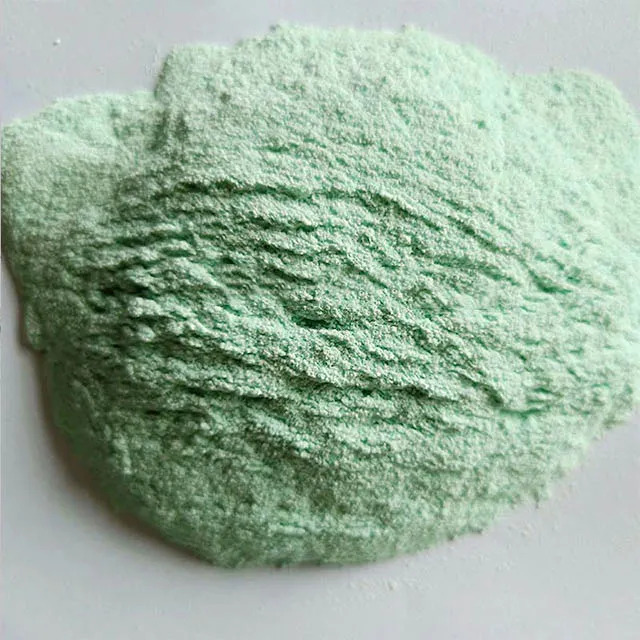
What is the process of aluminum anodizing dye? How long does it take?
2024-07-08 15:30
Through anodizing, aluminum can obtain excellent corrosion resistance, wear resistance and colorful appearance. This process involves a variety of complex process steps, among which dyeing is an important part of achieving the diversified colors of aluminum.
So, what is the process of aluminum anodizing dye? How long does this process take? This article will explore these issues in detail and take you to an in-depth understanding of the process details and time requirements of aluminum anodizing dye.

What is the process of aluminum anodizing dye?
The process of aluminum anodizing dye mainly includes 4 steps: pretreatment, anodizing, dyeing and sealing. Each step has its specific process requirements and operation methods to ensure the final product quality and performance.
1. Pretreatment:
Pretreatment is the first step of the aluminum anodizing process, which aims to remove oil, oxides and impurities on the surface of aluminum to ensure the smooth progress of subsequent processes. Pretreatment usually includes the following 3 sub-steps:
● Degreasing: Use alkaline or acidic cleaning agents to remove oil and organic matter on the surface of aluminum.
●Oxide film removal: Remove the natural oxide film on the surface of aluminum by pickling (such as using nitric acid or phosphoric acid solution) to increase the activity of the surface.
●Cleaning: Rinse the aluminum with deionized water to ensure that there is no residue on the surface.
The pretreatment time is usually between 30 minutes and 1 hour, depending on the initial state of the aluminum and the type of cleaning agent.
2. Anodizing:
Anodizing is a key step in forming a porous oxide film on the surface of aluminum. Aluminum is placed in an electrolyte as an anode, and a porous aluminum oxide film is generated on its surface by applying voltage. The commonly used electrolyte is sulfuric acid solution. The main parameters of the anodizing process include voltage, current density and time.
● Voltage: Usually between 15V and 20V.
● Current density: Generally 1.0 to 1.5 A/dm².
● Time: Depends on the required oxide film thickness, generally between 30 minutes and 2 hours.
The length of anodizing time directly affects the thickness and quality of the oxide film. A longer time can form a thicker oxide film, improving its corrosion resistance and wear resistance.
3. Dyeing:
Dyeing is an important part of the anodizing process. The colorful appearance of aluminum is achieved by adsorbing dye molecules in the pores of the oxide film. The dyeing process mainly includes the following steps:
● Dye solution preparation: Select the appropriate dye according to the required color and prepare it into a dye solution in a certain proportion.
● Dyeing: Immerse the anodized aluminum in the dye solution, and the dye molecules penetrate into the surface of the aluminum through the pores of the oxide film.
The dyeing time is generally between 10 minutes and 30 minutes, depending on the type, concentration and depth of the dye required.
4. Sealing:
Sealing is the last step of the anodizing process, which aims to seal the pores of the oxide film through hot water or steam treatment to enhance its corrosion resistance and wear resistance. The sealing process mainly includes the following steps:
● Hot water sealing: Immerse the dyed aluminum in hot water at 90℃ to 100℃, usually for 20 minutes to 30 minutes.
● Steam sealing: Place the aluminum in a steam environment, and the sealing time is generally 15 minutes to 30 minutes.
The length of the sealing time directly affects the density and durability of the oxide film. A longer sealing time can ensure that the pores of the oxide film are completely closed and improve its protective performance.

How long does the anodizing dye process take?
The total time of the aluminum anodizing dye process depends on the specific time requirements of each step. The following is a time estimate for a typical process:
1. Pretreatment: 30 minutes to 1 hour
2. Anodizing: 30 minutes to 2 hours
3. Dyeing: 10 minutes to 30 minutes
4. Sealing: 20 minutes to 30 minutes
On the whole, the entire aluminum anodizing dye process usually takes 1.5 hours to 4 hours, depending on the process parameters and product requirements.

What are the factors that affect the anodizing dye process time?
1. Aluminum type and state:
Aluminum of different types and states have different time requirements for the anodizing process. For example, the anodizing time of pure aluminum and aluminum alloys may be different, and the time of the pretreatment step will also vary depending on the surface state of the aluminum.
2. Oxide film thickness requirements:
The required oxide film thickness directly affects the anodizing time. Thicker oxide films require longer anodizing time to ensure their compactness and durability.
3. Dye types and concentrations:
Dyes of different types and concentrations have different requirements for dyeing time. Organic dyes and inorganic dyes have different adsorption rates and penetration capabilities, and the dyeing time needs to be adjusted according to the specific situation.
4. Process equipment and environmental conditions:
The performance of anodizing process equipment and environmental conditions (such as temperature and humidity) also affect the process time. Efficient process equipment and stable environmental conditions can shorten the process time and improve production efficiency.

Time optimization in practical applications
In actual production, enterprises can optimize the anodizing dye process time and improve production efficiency through the following measures:
1. Automated equipment:
The introduction of automated equipment can improve process accuracy and stability and shorten process time. Automated equipment can achieve real-time monitoring and adjustment of process parameters to ensure the best effect of each step.
2. Process parameter optimization:
Through experiments and data analysis, optimize the anodizing process parameters, such as voltage, current density, temperature and time, find the best process combination and improve production efficiency.
3. Dye selection and preparation:
Select the appropriate dye type and concentration according to specific needs, optimize the preparation process of the dye solution, and shorten the dyeing time. At the same time, the use of high-efficiency dyes can increase the dyeing rate and reduce the dyeing time.
4. Training and management:
Provide professional training for operators to improve their process operation level and problem handling ability. At the same time, improve the process management system to ensure strict implementation and timely adjustment of each step.
Conclusion
The process of aluminum anodizing dye is complex and delicate, and each step has its specific process requirements and time control. Through reasonable process design and optimization, ideal dyeing effects and excellent product performance can be achieved.








